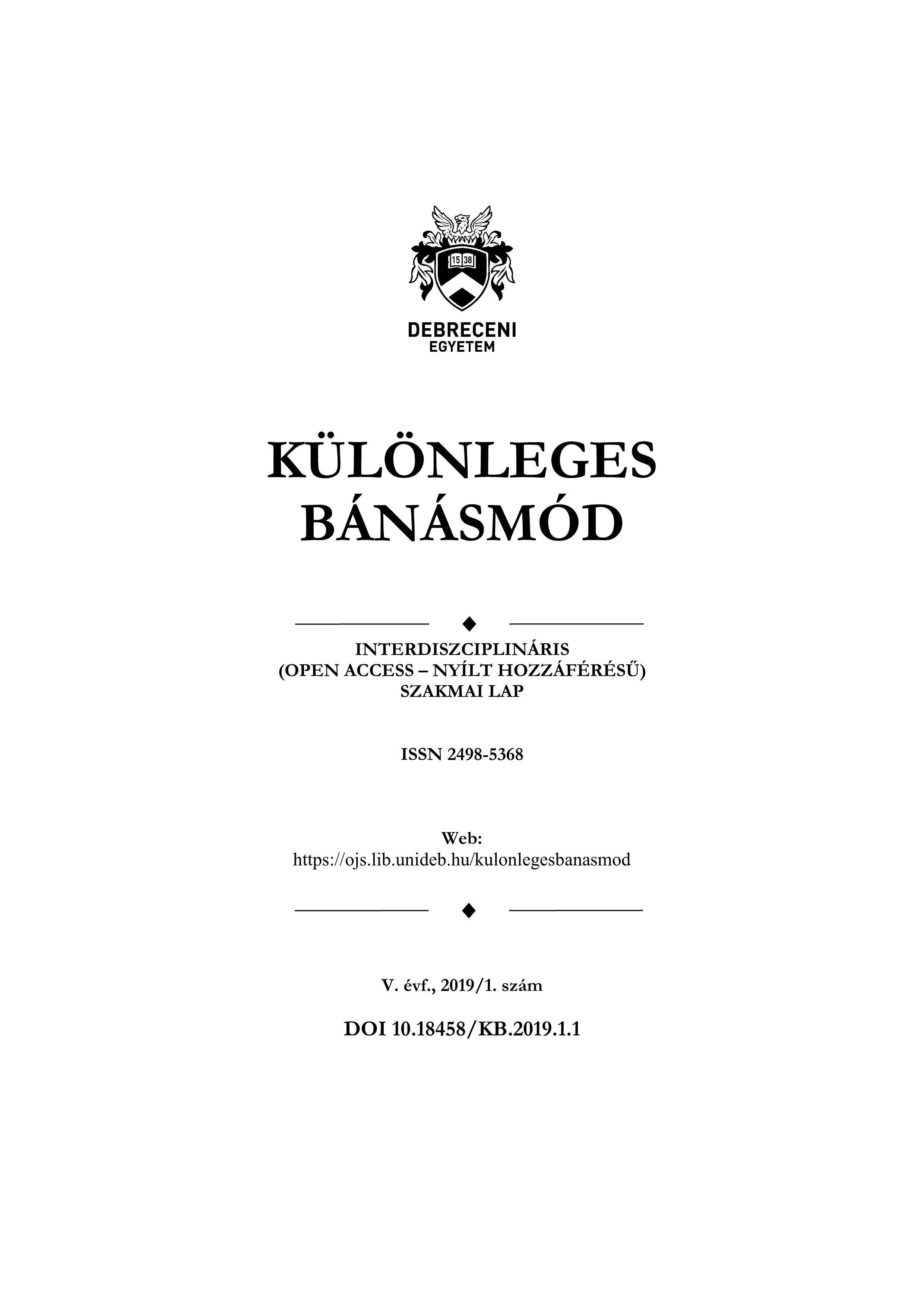REVISION OF HUNGARIAN VERSIONS OF THE ALTERNATIVE USES AND CIRCLES CREATIVITY TESTS IN CASES OF ELEMENTARY AND SECONDARY SCHOOLS STUDENTS
Authors
View
Keywords
License
Copyright (c) 2019 Katalin Mező, Ferenc Mező

This work is licensed under a Creative Commons Attribution-NonCommercial-NoDerivatives 4.0 International License.
How To Cite
Abstract
Although time plays a role as a latent or explicit factor in all creative processes, a direct examination of the role of time occurs less frequently in creativity research (Mező K., 2017; Mainemelis, 2002; Runco, 1999). This study focuses on the revision of Hungarian versions of creativity tests because the last standardization of these tests had been for more than 30 years. The applied tests were the Alternative Uses Test (as verbal creativity test), the Circles Test (as a figural test), and the Raven nonverbal intelligence test (as a complementary means of study). The sample of this study was 1363 elementary and secondary school students, whose 35331 responses were recorded and analyzed. According to the results, the differences in scores of the old and new (revised) evaluation tables of all tests and age groups are significant (p ≤ 0,05). From the viewpoint of the revised scores, there is a significant difference with respect to fluency, originality, and flexibility in both tests and all age groups. However, the differences in scores of other indicators (average originality, relative flexibility, and revised average originality) are not significant.


 https://doi.org/10.18458/KB.2019.1.41
https://doi.org/10.18458/KB.2019.1.41